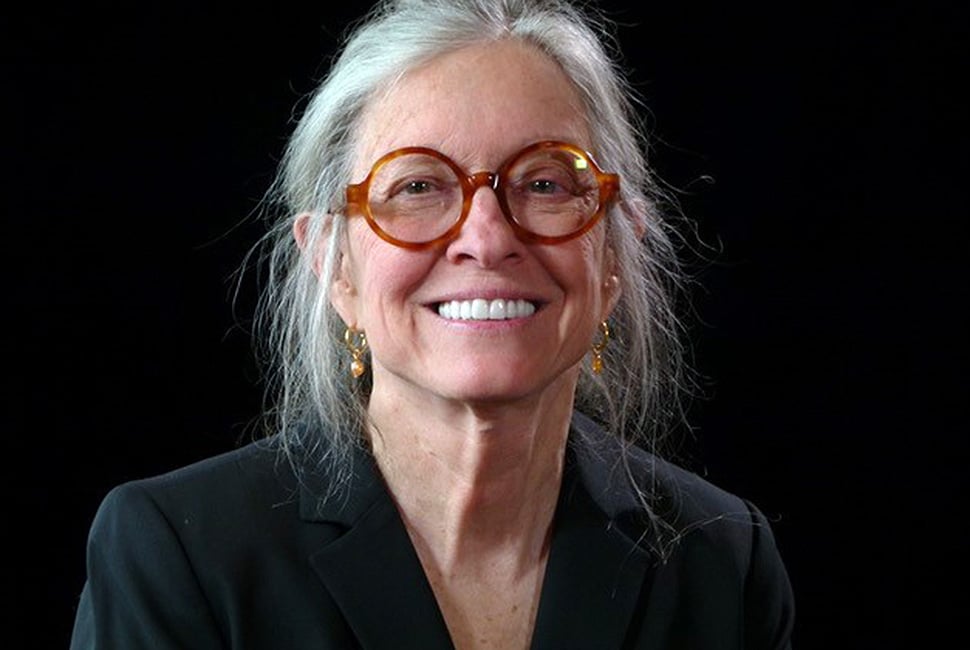Standing 100 feet from his first rocket launch as a part of Northwestern University Space Technology and Rocketry Society’s Rocket Team in February, McCormick freshman Eliott Lacomme Ruiz said he “could feel” the takeoff.
“It’s just almost like if you’ve been in a church and you hear an organ playing, that’s what it felt like,” Lacomme Ruiz said.
In a matter of a few seconds, the ten-foot-tall projectile vanished into the clouds. The few students on the ground waited in anticipation, their eyes glued down on trackpads monitoring the rocket’s trajectory.
It came down to fine margins.
“I will always remember that experience,” Lacomme Ruiz said. “I’ve never had the opportunity before to even launch a model rocket, even a tiny one, and just going from that to immediately seeing this 10-foot behemoth being launched is very impressive.”
NUSTARS is an undergraduate student organization where students can learn to engineer aerospace vehicles. This year, the organization’s Rocket Team is returning to the NASA Student Launch competition for the first time since 2020.
The competition tasks students from sixth grade to college to design and build a high-powered rocket with a deployable payload without the use of a parachute or streamer. The device should also be capable of landing by NASA human astronaut survivability metrics.
After regaining members after the height of the COVID-19 pandemic, the Rocket Team spent last year working on a design aimed at teaching new members hands-on skills for the actual competition. More experienced members also designed a series of lesson plans and workshops for the rest of the team.
“Being a very young team, nobody on the team currently had competed in the competition — we knew there was going to be a lot of figuring out things,” said McCormick junior and NUSTARS Co-President Tara Saxena. “We devoted a lot of energy, both last year and this year, into helping new members gain the basic knowledge.”
The Rocket Team began to ideate and draft up their prototype in August 2023 before submitting their proposal to the NASA project management team a month later.
The team designed an autonomously-controlled glider that would fit inside the rocket to later jettison out during the rocket’s descent. To slow down the rocket before the glider’s deployment, the team installed two separate parachutes that deploy at different times.
Following a series of revisions and design reviews, the team began construction in January.
“It was always the first thing that I wanted to do … getting my hands on rockets as soon as possible,” said McCormick junior and NUSTARS Co-President Andy Wehmeyer.
In the coming weeks, about 30 members split into four different teams working on the simulation, payload and launch vehicle components of the project.
When their payload completely broke apart during a launch before spring break, the team managed to rebuild their payload within one week. Members of the team said those moments only demonstrated the team’s true resiliency.
“My favorite part has been how in those hard-pressed moments, seeing people on the team that haven’t been here for three years, seeing them step up and show what they know bringing into the organization and demonstrating their ability to be a good engineer on the project,” Wehmeyer said.
The team will head to Huntsville, Alabama next week, joined by more than 40 other competitors. On April 13 — the launch day — each of the entries will be assessed on a range of criteria by a NASA panel.
Members of the club said regardless of the competition’s outcome, they are grateful for the months of working together and furthering their passions in engineering.
“Everything I’ve learned through NUSTARS and the experience working on a highly complex electrical and mechanical project has solidified my excitement and interest in working on engineering projects,” Saxena said.
Email: [email protected]
X: @Jerrwu
Related Stories:
— Meet Concrete Canoe, the engineering club learning to make concrete float
— Humans of McCormick highlights interests beyond engineering
— McCormick Engineering Career Development hosts Employer Week for students, companies















